1D vs 2D barcode: Which one is better for your business?
1D vs 2D barcode: What are the differences between them?
This is a question that customers often ask when considering label and date code validation for the first time.
Here's a quick guide explaining the main differences between the two.
Also, this article will help you better choose between barcode 1D vs 2D.
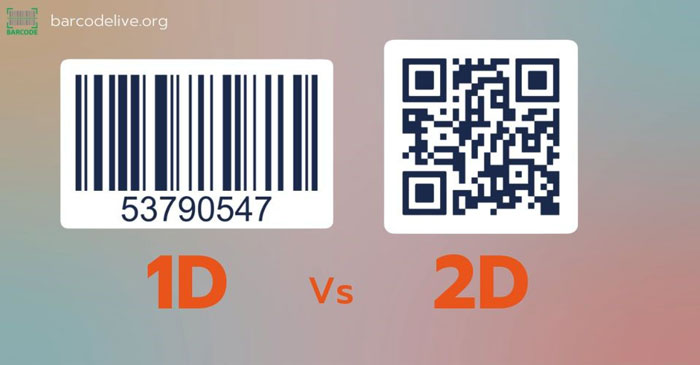
The differences between 1D and 2D barcodes
How Do Barcodes Work?
A barcode is made up of many lines that are black and white and each one has a number.
When a product is delivered to a store, the barcode is scanned into the computer system, where it is compared to the pricing for that specific item.
A laser reads the code once a purchase is made at the counter, and the price is added to the receipt automatically.
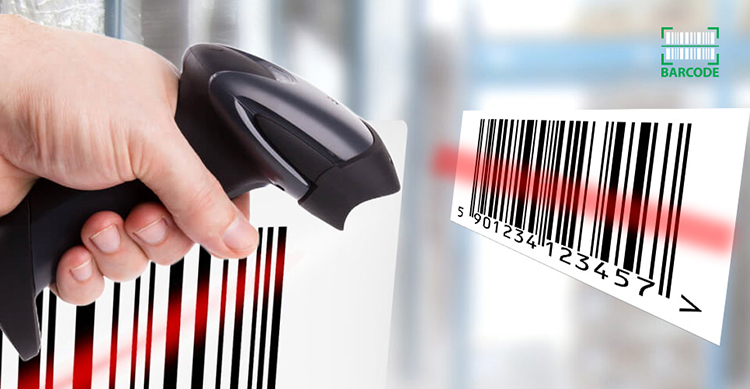
The working principle of barcodes
What Is A 1D Barcode?
A 1D barcode (also known as a linear code) is a visual white and black pattern using variable-width lines and spaces for encoding information.
For those who are curious about how barcode appeared, watch our video below:
It is suitable for storing relatively small information amounts, such as location, brief description, product name, and number.
The more information you can try to fit into a barcode, the longer it can be and the more problematic it can be.

Definition of 1D barcode
The 1D barcode scanner may only scan 1D barcodes.
However, its range is 50% larger than that of 2D imagers with better motion tolerance.
This is suitable when employees scan items remotely or navigate shopping carts.
Furthermore, 1D barcodes encode information such as numbers or other keyboard characteristics from left to right horizontally.

Pros and cons of 1D barcode
What is a 2D barcode?
The bar code 2D includes a combination of dots and other geometric patterns.
They can be read from any angle, allowing you to store a large amount of information in a small space and withstand significant damage before becoming unreadable.
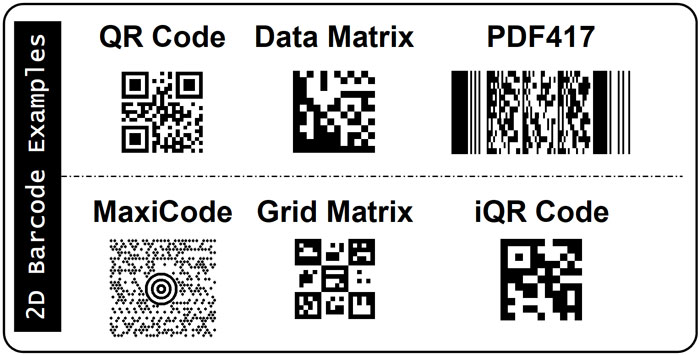
2D barcode definition and 2D barcode types
A 2D scanner, not a barcode reader, is an imager because it takes an image of a 2D barcode.
Luckily, it may read both the 1D and 2D barcodes.
Implementing a barcode system in your organization is essential, and using a 2D barcode vs 1D barcode system is a deciding factor.
Keep reading to get more information to pick up the most suitable one for your business.
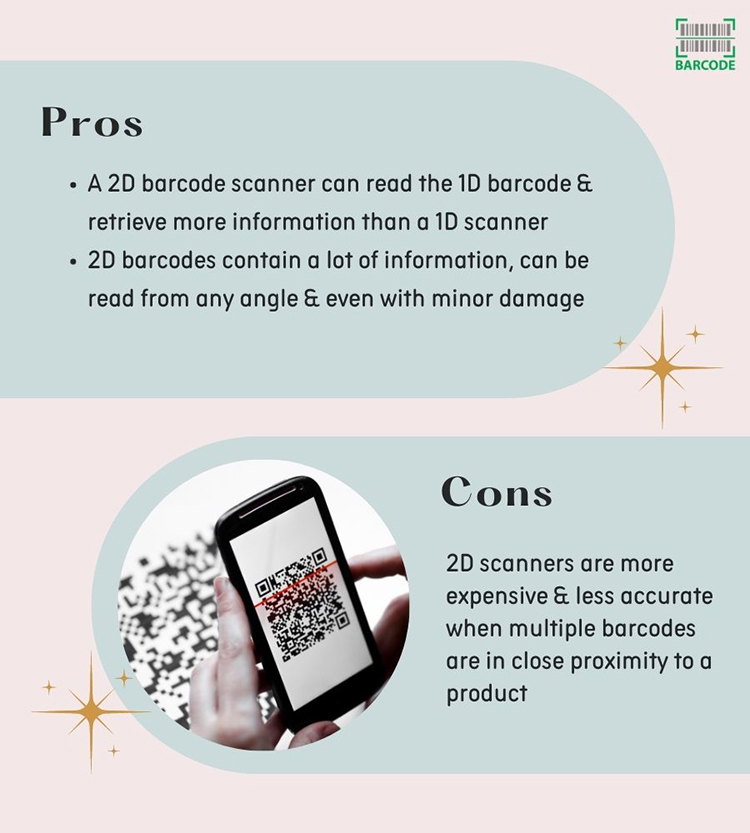
Pros and cons of 2D barcode
1D vs 2D barcode: What are the differences?
What are the differences between 1D barcode vs 2D barcode?
Below is the basic information that helps you distinguish between these two.
Data Storage & Capacity
1D barcodes use spaces and variable width lines to encode data.
This linear approach limits data storage to just a few dozen characters, and adding data lengthens the barcode.
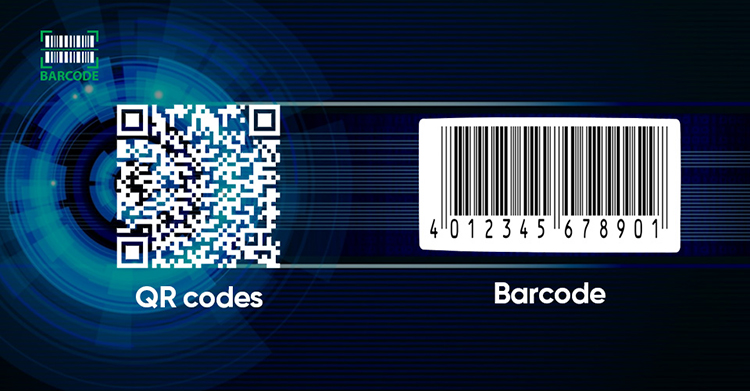
1D and 2D barcode are different in data storage and capacity
On the other hand, 2D barcodes use patterns of hexagons, squares, dots, and other shapes to encode data.
Data may be encoded horizontally and vertically, so 2D barcodes may contain more data in a smaller space.
In fact, barcodes may include hundreds of characters instead of tens of characters for 1D barcodes.
With this extra capacity, 2D barcodes may also store images, website URLs, language data, and other binary data types.
1D barcodes, nevertheless, are limited to only alphanumeric information. It can be used as a barcoding system in stocks.
What does barcoding mean in stocks? Read more in our blog!
Ease of Scanning
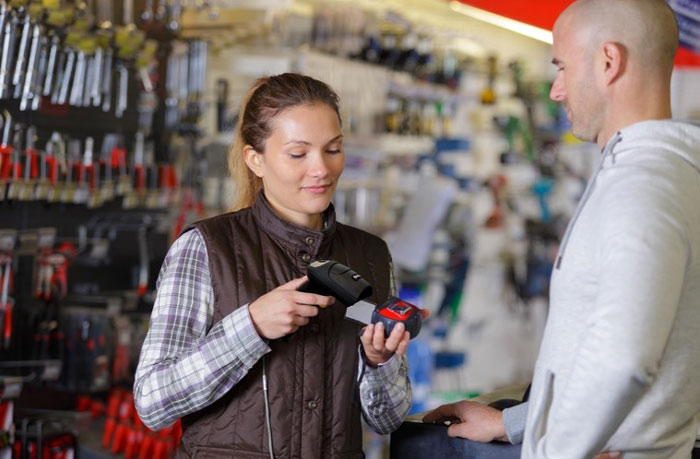
It is easier to scan 2D barcode types
The horizontal and vertical orientation of 2D barcodes means they may be scanned at a virtual angle using an omnidirectional 2D imager.
Zebra Technologies pioneered 2D imaging with the highly robust DS3600 series of scanners.
An omnidirectional 2D barcode scan is much more efficient than using 1D barcodes and laser imagers.
This requires the scanner's laser to be precisely aligned with the barcode.
Database Dependence vs Independence
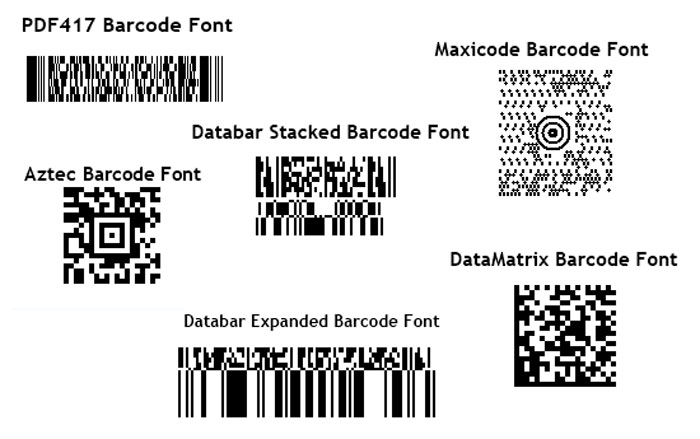
Database dependence and independence of 1D QR code
1D barcodes are database-dependent.
You must scan each barcode relating to data in a database, inducing matching a UPC symbol with a price of the checkout system.
In contrast, a 2D barcode can hold significantly more data and various information types.
So, you don’t need to access a database to use the encoded information.
You may scan, store, and retrieve all the data you need to get from the barcode itself.
Applications

1D barcode is used on product packaging
1D vs 2D scanner is a big difference.
1D barcodes may be scanned with conventional laser or camera-based image scanners.
2D barcodes, on the other hand, may only be read by an imager.
In addition to holding more information, 2D barcodes will also be very small, making them useful for marking impractical objects with 1D barcode labels.
1D barcodes are good for identifying objects that may be linked to other information that changes frequently.
2D barcodes are increasingly used in the supply chain, and manufacturing applications as the cost of imaging scanners have dropped.
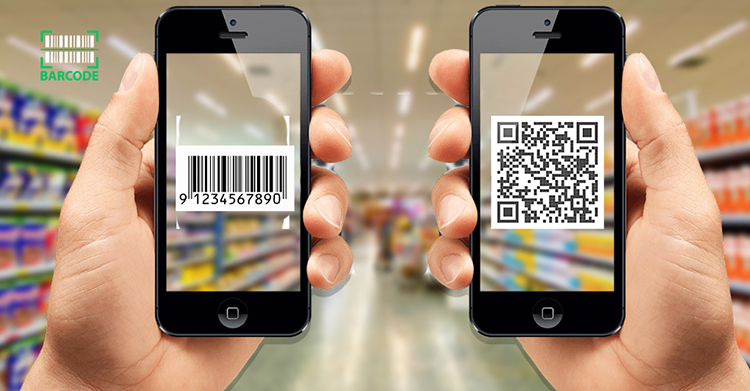
Applications of 1D and 2D
Although there are differences between scanner 1D vs 2D, both types are convenient and inexpensive ways to encode data and track items.
The type of barcodes (or combination of barcodes) you choose depends on your application's specific needs.
They can be the type and amount of data that needs to be encoded, the size of the asset/item, and how and where the code is placed.

Basic comparison 1D vs 2D barcode
1D vs 2D Barcode: Which One Should You Choose?
As you can see, 1D and 2D barcodes each have their advantages and disadvantages.
Both techniques will be used for years to come but neither is the final solution for scanner technology.
Although 2D barcodes can technically replace 1D barcodes, they are more fragile and not as fast.
Additionally, 1D barcode scanners are more affordable tools for businesses that work mainly with conventional UPCs and barcodes.
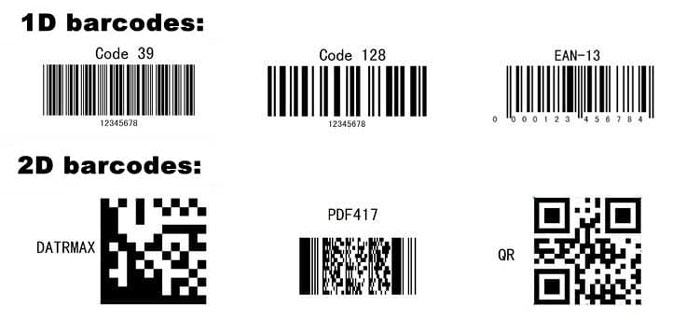
You should choose the suitable barcode type between 1D and 2D
To decide between 1D and 2D barcode scanning, it is best to assess your operation's demands both now and in the future.
Also, try to make the investment that will yield the highest return for your company.
1D vs 2D barcode scanners are not similar to each other.
2D barcode scanners allow businesses to continue working in the past while looking to the future.
A new 2D barcode scanner can be used to read older 1D barcodes, working with suppliers and customers who still use 1D barcodes.
One of the big advantages of 2D barcode scanners is that they can also read newer 2D barcodes.
This means your business can move into the future without overhauling old systems or requesting new barcodes from old suppliers, customers, or customers.
iOS smartphones and Android use 2D barcodes with built-in barcode scanners.
When a user takes a picture of the 2D barcode with the smartphone's camera, the built-in reader interprets the encrypted URL and directs the user directly to the proper website.
Small businesses that want to make a big impact on their customers can use 2D barcodes.
2D barcodes can contain more information than 1D barcodes, such as price, quantity, web address, and even images.
Small business owners must constantly improve to stay ahead of the competition and keep up with the market.
One of the key tools you can use to improve your small business is 2D barcodes.
They are easy and inexpensive to use for your customers and employees.
3D barcodes are an improvement rather than a complete replacement of 1D barcode vs 2D barcode.
These barcodes are extremely similar to two dimensional barcodes.
They even share the same data encoding and may be read by simple devices like smartphones.
Importantly, the 3D barcode is embossed onto the product, and to read its contents, a scanner compares the heights of each of its modules.
Conclusion
The above is the basic difference between 1D and 2D barcodes. Despite being different, both types are convenient and inexpensive ways to encode data and track items. You can choose the barcode type based on your application's specific needs.
Hopefully, our article “1D vs 2D barcode: Here are the differences between them” is useful for you.
![Barcode Sizes Explained & FAQs: An Ultimate Guide [The Latest]](https://barcodelive.org/filemanager/data-images/imgs/20221031/Barcode-Sizes-Tutorial_1.jpg)
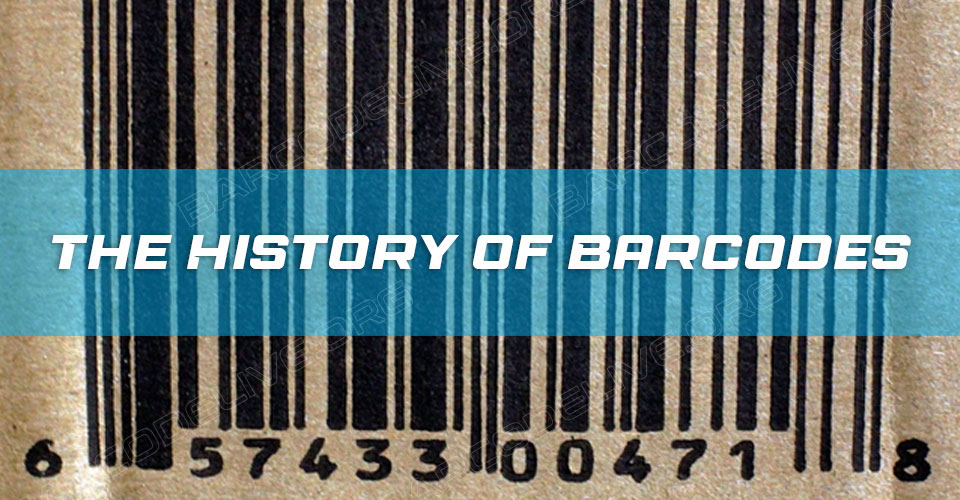

18 Comments
KEITH
Can a general supermarket at the checkout tills who has been scanning 1D BARCODES scan a 2D CODE
Leave a Comment
Your email address will not be published. Required fields are marked *Barcodelive
You mean whether a 1D barcode scanner can scan 2D barcodes or not. The answer is NO.
But a 2D barcode scanner can scan 1D barcodes
Leave a Comment
Your email address will not be published. Required fields are marked *Amelia Watson
Is the error correction rate higher at QR or 1D barcodes?
Leave a Comment
Your email address will not be published. Required fields are marked *Barcodelive
Definitely QR codes. 2D codes incorporate strong error correction techniques, whereas 1D codes just rely on a checksum, or nothing at all.
Leave a Comment
Your email address will not be published. Required fields are marked *Aurora Thomas
What are the biggest hurdles for 2D barcodes to gain broad adoption and how can they be overcome?
Leave a Comment
Your email address will not be published. Required fields are marked *Barcodelive
They're big (and ugly) and pretty much have to be that way. There's a reason we put barcodes on the backs of packaging
Leave a Comment
Your email address will not be published. Required fields are marked *Jason Ward
Can any 2D barcode scanner scan both QR codes and data matrix?
Leave a Comment
Your email address will not be published. Required fields are marked *Barcodelive
Yes, both codes can typically be scanned by the same scanning devices
Leave a Comment
Your email address will not be published. Required fields are marked *Daniel Lee
Every bit of this guide is just amazing. Thanks for creating this. Cheers
Leave a Comment
Your email address will not be published. Required fields are marked *Barcodelive
Thanks!
Leave a Comment
Your email address will not be published. Required fields are marked *Emily Morris
Why 2D barcodes are better than 1D barcodes?
Leave a Comment
Your email address will not be published. Required fields are marked *Barcodelive
2D barcodes can store much more information. They can also be read by mobile devices and phones equipped with basic cameras that scan both 2D and 1D barcodes
Leave a Comment
Your email address will not be published. Required fields are marked *Eleanor Kelly
Can the 1 Dimensional barcode readers read any type of 1D barcode? For example, can the barcode reader at the Point Of Sale read barcodes of type code 39?
Leave a Comment
Your email address will not be published. Required fields are marked *Barcodelive
Typically, yes, a 1D barcode reader will read Code39, though it may not always be the case. Most barcode scanners are programmable with the ability to enable or disable different barcode formats
Leave a Comment
Your email address will not be published. Required fields are marked *Eleanor Kelly
Thanks for your reply!
Leave a Comment
Your email address will not be published. Required fields are marked *Marcus Baker
I have a question for you about QR code: We use so many QR codes a day, yet they don't expire. how is it that we never seem to run out of QR codes? Will we eventually run out of QR codes
Leave a Comment
Your email address will not be published. Required fields are marked *Barcodelive
Standard QR codes can contain up to 23,624 bits which means that the maximum possible permutations allowed is 3.4*10^7111 or 34 with 7110 zeros afterward. An unbelievabley huge number
Leave a Comment
Your email address will not be published. Required fields are marked *Marcus Baker
Good answer
Leave a Comment
Your email address will not be published. Required fields are marked *Leave a Comment
Your email address will not be published. Required fields are marked *